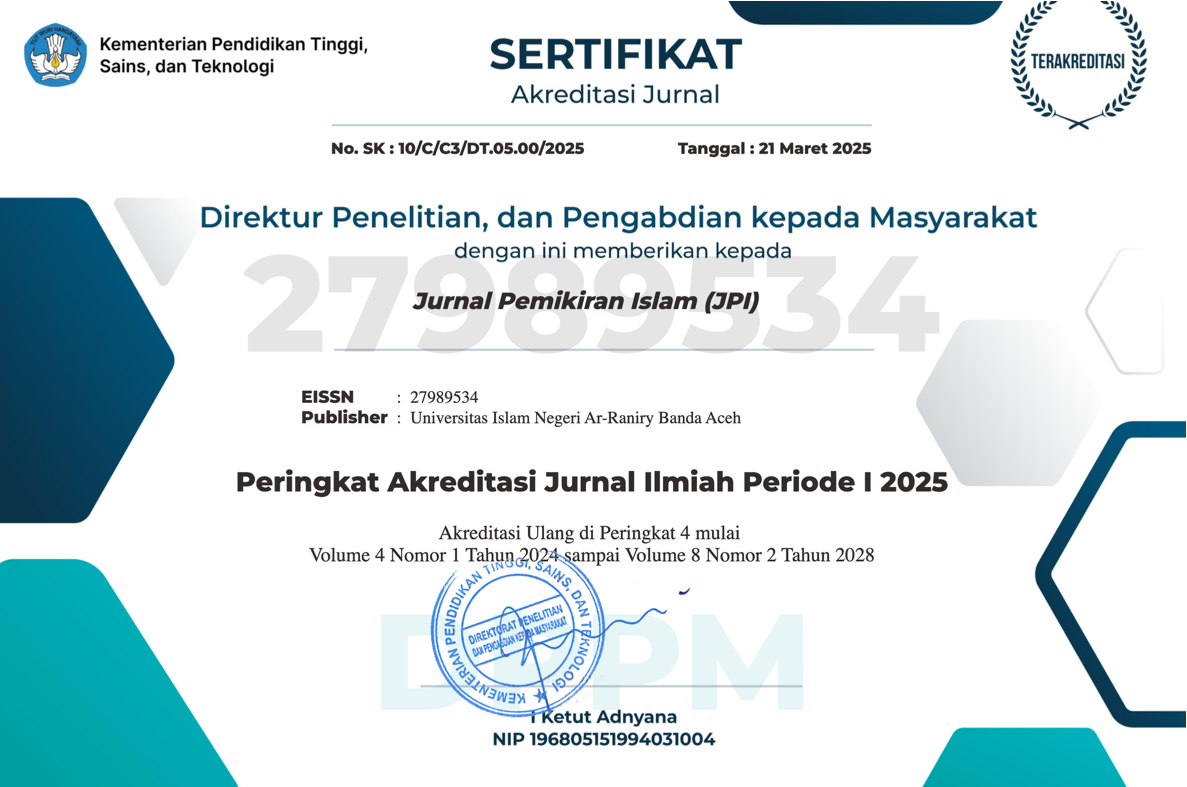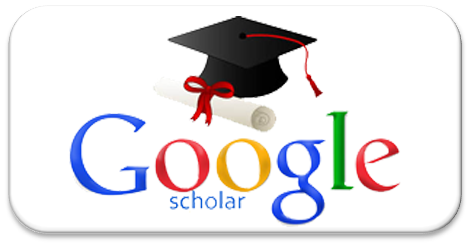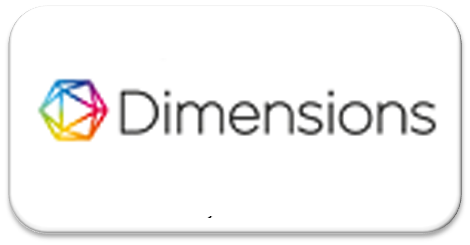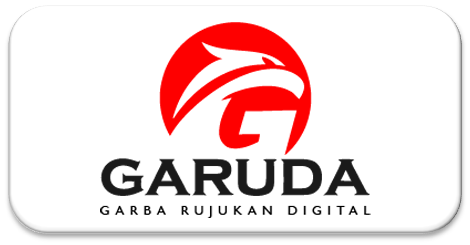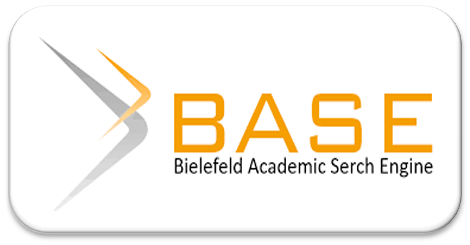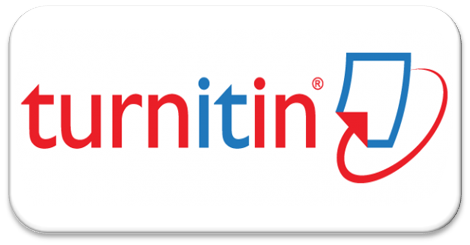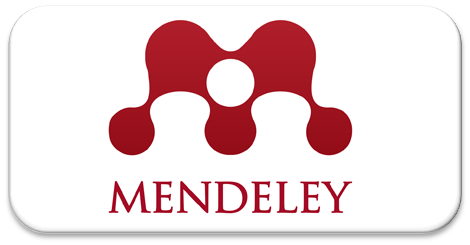Internalisasi Nilai Universal Islam dalam Dakwah di Era Revolusi Industri 4.0
DOI:
https://doi.org/10.22373/jpi.v2i1.11476Keywords:
Nilai universal Islam, era revolusi industri 4.0, da’iAbstract
The development of science and technology in the era of the industrial revolution 4.0 is very rapid. Patterns of interaction and human thought patterns and even religious patterns can change. Thus, it is necessary to internalize islamic values into the soul of the Muslim community. This paper wants to study how the method of internalizing universal Islamic values into da’wah activities.
Abstrak
Perkembangan ilmu pengetahuan dan teknologi di era revolusi industri 4.0 sangat pesat. Pola interaksi dan pola pikir manusia bahkan pola beragama pun dapat mengalami perubahan. Dengan demikian perlu dilakukan internalisasi nilai-nilai Islam dalam diri masyarakat muslim. Tulisan ini ingin mengkaji bagaimana metode internalisasi nilai-nilai universal Islam ke dalam kegiatan dakwah.
Downloads
References
Adun Priyanto. (2020). “Pendidikan Islam dalam Era Revolusi Industri 4.0.” J-PAI: Jurnal Pendidikan Agama Islam, Vol. 6(No. 2, Januari-Juni), 82. https://doi.org/https://doi.org/10.18860/jpai.v6i2.9072
Al-Thabari, I. (1995). Jami’ al-Bayan fi Ta’wil Alquran, jilid XI. Dar al-Fikr.
Bakar, A. (2015). “Konsep Toleransi dan Kebebasan Beragama.” Jurnal Toleransi: Media Komunikasi Umat Beragama, Vol. 7(No. 2, Juli-Desember), 123. https://doi.org/http://dx.doi.org/10.24014/trs.v7i2.1426
Departemen pendidikan Nasional. (2011). Kamus Besar bahasa Indonesia Pusat Bahasa, Edisi ke-4, cet. Ke-2. Gramedia Pustaka Utama,.
Ibnu Katsir. (1994). Tafsir Alquran al-‘Adzim, jilid IV. Maktabah Dar al-Fiha.
Imam al-Baidhawi. (1958). Anwar al-Tanzil wa Asrar al-Ta’wil, jilid II. Musthafa al-Halabi.
Kemdikbud. (2021). Kamus Besar Bahasa Indonesia (KBBI). Badan Pengembangan dan Pembinaan Bahasa, Kementerian Pendidikan, Kebudayaan, Riset, dan Teknologi Republik Indonesia. https://kbbi.kemdikbud.go.id/
Kuntowijoyo. (1980). Paradigma Islam: Interpretasi untuk Aksi. Mizan.
Lukman. (2016). “Tafsir Ayat Rahmatan lil ‘Alamin menurut Penafsir ahlu Sunnah, Muktazilah, Syiah, dan Wahabi.” Jurnal Millah, Vol. XV(No. 02), 228. https://doi.org/10.20885/millah.vol15.iss2.art3
Mira Fauziah. (2019). “Konsep Kebaikan dalam Perspektif Dakwah.” Al-Idarah: Jurnal Manajemen Dan Administrasi Islam, Volume 03(Nomor 01 Januari-Juni), 75. https://jurnal.ar-raniry.ac.id/index.php/alidarah/article/download/5130/pdf
Muhammad Mushfi El Iq Bali dan Hilya Banati Hajriyah. (2020). “Modernisasi Pendidikan Agama Islam di Era Revolusi Industri 4.0.” MOMNTUM: Jurnal Sosial Dan Keagamaan, Vol. 09(No. 01, Mei), 54. https://doi.org/https://doi.org/10.29062/mmt.v9i1.64
Raden Ahmad Muhajir Ansori. (2017). “Strategi Penanaman Nilai-nilai Pendidikan Islam pada peserta Didik.” Jurnal Pustaka, Vol. 4(No. 02), 16. https://doi.org/https://doi.org/10.6084/ps.v4i2
Syahrin Harahab. (2016). Jalan Islam Menuju Muslim Paripurna (1st ed.). Prenadamedia Group.
Tri Sukitman. (2016). “Internalisasi Pendidikan Nilai dalam Pembelajaran (Upaya Menciptakan Sumber Daya Manusia yang Berakarakter).” Jurnal Pendidikan Sekolah Dasar, Vol. 03(No. 01), 87. https://doi.org/http://dx.doi.org/10.12928/jpsd.v3i1.5559
Downloads
Published
Issue
Section
License
Authors who publish in Jurnal Pemikiran Islam agree to the following terms:
- Authors retain copyright and grant the journal right of first publication with the work simultaneously licensed Attribution-NonCommercial-ShareAlike 4.0 International (CC BY-NC-SA 4.0) that allows others to share the work with an acknowledgment of the work's authorship and initial publication in this journal.
- Authors are able to enter into separate, additional contractual arrangements for the non-exclusive distribution of the journal's published version of the work (e.g., post it to an institutional repository or publish it in a book), with an acknowledgment of its initial publication in this journal.
- Authors are permitted and encouraged to post their work online (e.g., in institutional repositories or on their website) prior to and during the submission process, as it can lead to productive exchanges, as well as earlier and greater citation of published work. (See The Effect of Open Acces)

